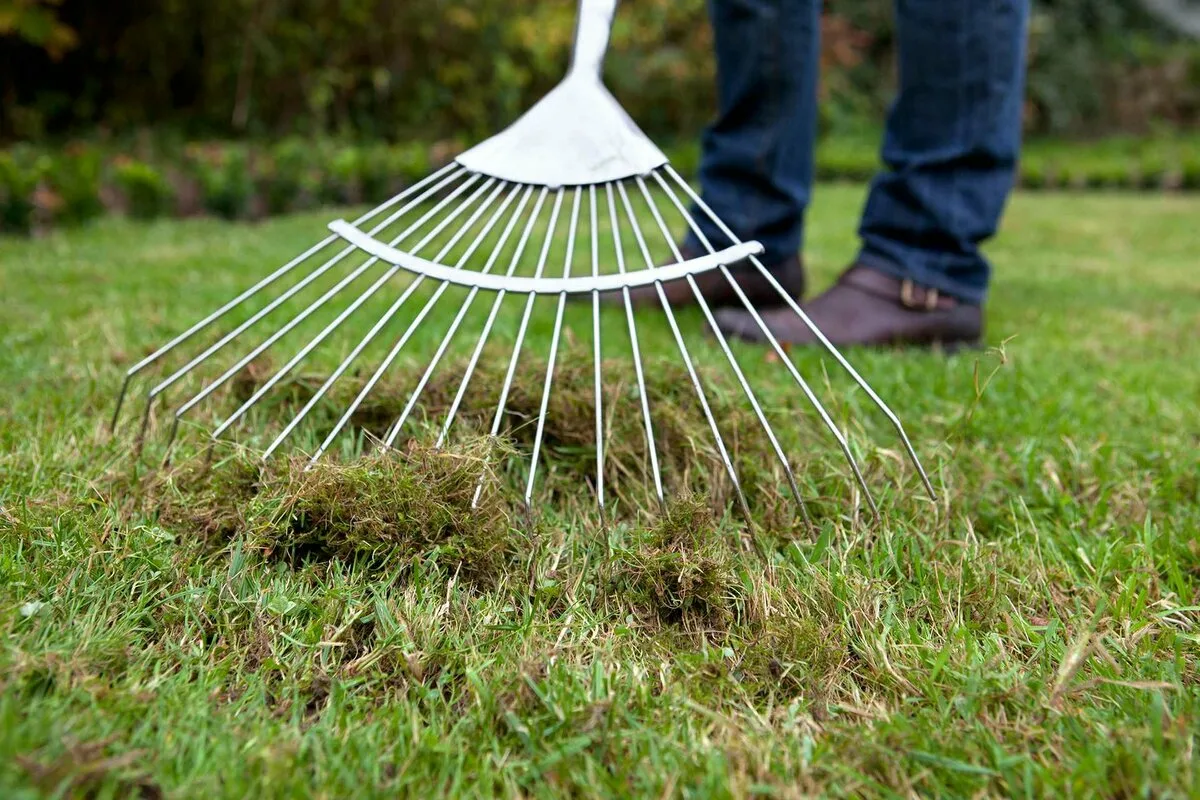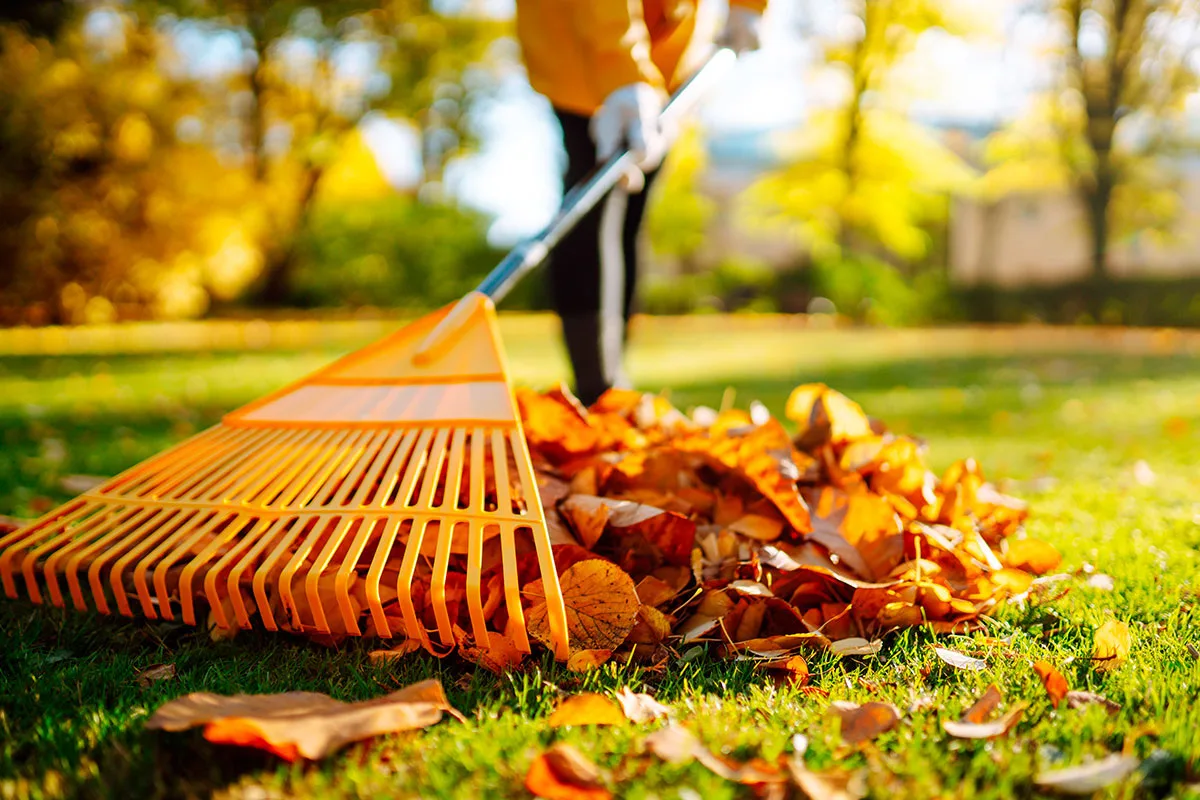Autumn is here, and your lawn needs special care. Discover the 7 essential tasks to ensure it survives the winter and thrives in spring.
The first morning frosts are turning roofs white and autumn is here to stay. For garden owners, this period does not mark the end of work, but the beginning of a crucial phase of preparation. As seasonal gardening guides flourish, one question keeps coming up: what do you really need to do now to ensure a dense, green lawn when the warm weather returns?
Autumn is a pivotal season for grass. After the stresses of summer (drought, trampling), it must face the rigours of winter (cold, frost, constant humidity). Contrary to popular belief, the lawn does not go into total dormancy and its maintenance during this period is crucial for its future health. A lawn that is neglected in autumn is likely to develop moss, weeds and bare patches in spring.
The question that arises
How can you turn the challenges of autumn into opportunities to strengthen your lawn? Beyond simply mowing, what are the essential steps, validated by experts, to prepare the ground and ensure spectacular regrowth come March? We have broken down the seven key steps for you.
The answer in seven key steps
Preparing your lawn for winter is a methodical process. Each step is important and must be carried out at the right time.
1. Rake up dead leaves
A thick layer of dead leaves can literally suffocate your grass. It deprives it of light and creates a damp environment that is conducive to the development of fungal diseases such as cold fusarium, a fungus that causes grey or pink spots on the grass. Use a lawn rake rather than a noisy leaf blower. These leaves are a resource: when composted, they make an excellent soil conditioner. And if there aren’t too many of them, you can leave them where they are.
2. Weed and remove moss
Take advantage of soil that has been softened by rain to manually remove weeds (dandelions, plantain) using a weeding knife. If moss appears, it is often a sign that the soil is too acidic, compacted or shaded. Remove small patches by hand. Above all, do not use iron sulphate: it further acidifies the soil and only treats the symptom, not the cause.
3. Aerate or scarify the lawn
These two operations aim to loosen the soil to improve the circulation of air, water and nutrients to the roots.
- Aeration involves piercing holes in the soil (with aerator pads or a spade fork). It is recommended every autumn on heavy, clay soils.
- Scarifying is more aggressive. It uses a scarifier (manual or electric) whose blades tear into the soil to remove the layer of thatch, the accumulation of dead roots and grass clippings that suffocates the grass. This operation is carried out on slightly damp soil, usually once or twice a year (spring and/or autumn).
4. Amend to nourish deeply
Immediately after aeration or scarification, the soil is ready to receive nutrients. Spread a thin layer (1 cm) of well-matured compost or potting soil. This is also the ideal time to apply an autumn fertiliser, specifically enriched with potassium (K). Agronomic studies, particularly those conducted by institutes such as ASTREDHOR, confirm that potassium increases the resistance of grasses to cold by regulating their cellular functions in the face of frost.
5. Mow for the last time
The last mow of the year should be done before the first heavy frosts, usually around mid-November, depending on the region. The golden rule: don’t mow too short. Set your mower to a cutting height of 7 cm. Taller blades of grass protect the plant’s collar (the base) from frost and allow the grass to continue photosynthesis on sunny winter days.
6. Re-seed damaged areas
Has summer left holes in your lawn? Autumn is the ideal season to repair these areas. The soil is still warm and rainfall is frequent, providing perfect conditions for germination. The young shoots will have all winter to develop their root system without competition from weeds. For a uniform result, use the same seed mixture as your existing lawn.
7. Prepare your lawnmower for winter storage
Once you’ve finished mowing for the season, it’s time to put your equipment away. Proper maintenance will extend its life. Clean the housing, sharpen the blade and oil the mechanical parts. For a petrol mower, empty the fuel tank to prevent deposits in the carburettor. For a battery-powered model, do not store it empty: a charge level of around 80% is ideal for preserving its capacity.

Why is this important?
These actions are not just simple gardening tasks. They constitute a comprehensive agronomic strategy. By working on the soil structure (aeration), its biological composition (compost) and the health of the plant (potassium, high mowing), you give your lawn all the tools it needs not only to survive the winter, but also to start the spring with exceptional vigour. You prevent disease, limit moss growth and achieve a denser, more drought-resistant lawn the following summer.
In the face of climate challenges, lawn management is evolving. Autumn maintenance is becoming even more strategic in strengthening the resilience of your lawn. The focus is on soil health, a true ecosystem that supports the plant. Practices aimed at improving its structure and microbial life (compost, aeration) are now at the heart of recommendations. They help create a lawn that is less dependent on summer watering and chemical treatments, as part of a more sustainable and environmentally friendly approach to gardening.




